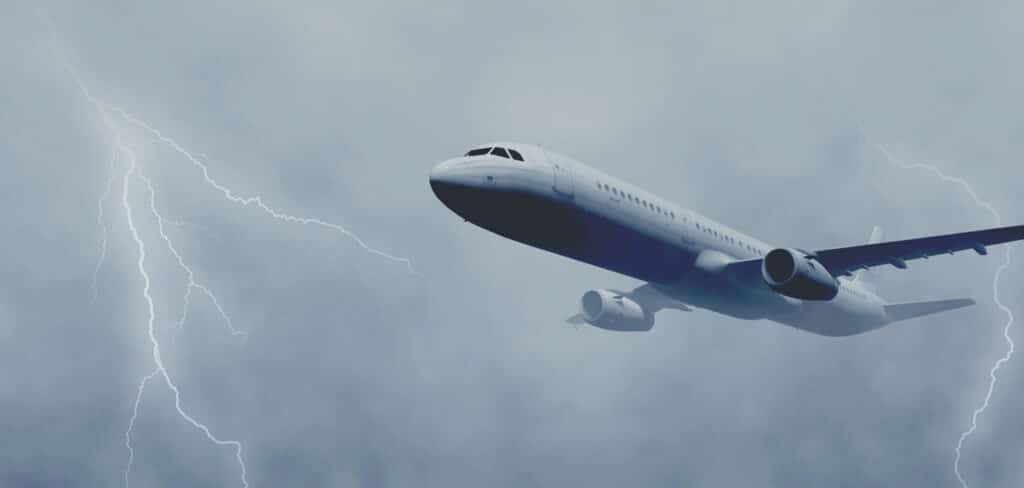Thinking Under Pressure: Lessons we can Learn from Aviation

Introduction
Since the Wright brothers’ historic flight in 1903, the aviation industry has evolved significantly. Today, it connects the world, shaping global transportation, commerce, and exploration.
We know aviation is characterised by strict safety protocols, rapid technological advancements, global connectivity, and the diverse weather conditions it operates in. Ensuring safe and efficient air travel in an ecosystem that demands precision, adaptability, communication, trust and collaboration across multiple agencies. It is ever-evolving.
The Irish Aviation Authority (IAA) is responsible for managing the large airspace of Ireland, which covers a hugely significant area of 451,000 km2. This airspace is a crucial gateway between Europe and North America. The Air Traffic Controllers stationed at Shannon ensure the safe passage of over 90% of all aircraft travelling between the two continents. During the summer months, this amounts to more than 1,200 aircraft every 24 hours. Managing such a dynamic and volatile environment is no easy task.
Key lessons from the cockpit
Air traffic controllers communicate with either a pilot or a co-pilot (first officer) who are responsible for flying an aircraft in the sky. Being a pilot requires quick thinking under pressure, and there are three crucial lessons we can learn from their approach:
- Pilots and their crew rely on checklists, or easy-to-remember guides, to maintain a systemic approach during critical and rapid incidents.
- Pilots prepare for any eventuality by regularly conducting individual training simulations and team scenario-planning sessions.
- The aviation industry promotes a ‘just culture’ that encourages continuous learning, which means that pilots are always improving, no matter how big or small the improvements are.
Learning from the precision and process of the aviation industry is insightful, as all roles require effective decision-making and responses.
Do you use easy-to-remember guides, participate in regular training, and show accountability for improvements?
More Insights by Jonny Cooper
Chameleons, Leadership and Change